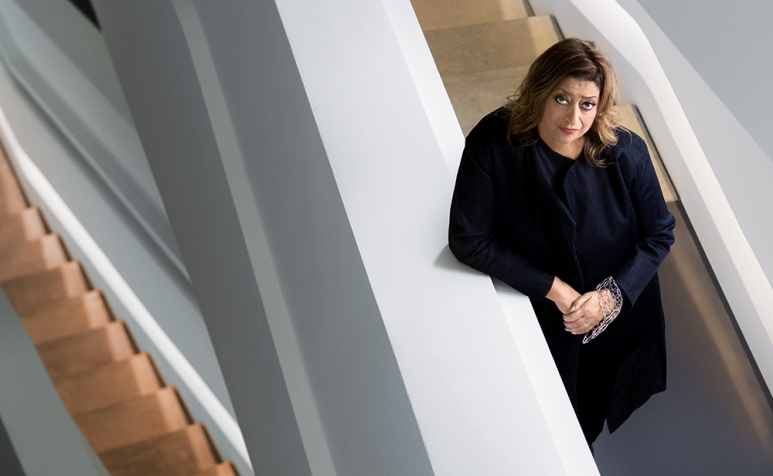“Who better than a woman to describe curves though architecture and influence the new generations of women architects? I’m an architect, and Zaha Hadid is a female influence to me.”
Zaha Hadid: Internationally Acclaimed British Architect
Dame Zaha Hadid (1950-2016), an Anglo-Iraqi architect, was the first female representative to be awarded the Pritzker Architecture Prize in 2004. The Pritzker Prize is the most prestigious award in Architecture. Born in Baghdad, Iraq Hadid has a solid career in London, the UK especially at the Architectural Association of London. With grace, form, light and dexterity in the design of parametric projects, the most celebrated female exponent in all-time architecture believed that being anti-traditional is the key to innovation in the world.
Architecture and gender discussion

Just a print took in the Pritzker Architecture Prize Site. Since Zaha Hadid’s nomination, just 2 women have been nominated until 2018.
Maybe you’ve already heard the architectural references like Le Corbusier, Jean Nouvel, Renzo Piano and Rem Koolhaas. But we hear less often about Kazuyo Sejima, Lina Bo Bardi, Odile Decq and many other women architects with fantastic architectural masterpieces.
According to research presented by Archdaily, the distribution of salaries, social representation and positions obtained by female architects are not equal to their male counterparts. At the Architecture School, most of my academic professors were women, and 80% of my colleagues in University are women. But I have always missed female representations in the field of architecture. Talking about gender in the professional field is not a matter of classifying and differentiating women in the subject of the profession, but instead, recognizing their work equally.
In an interview with The Guardian in 2012, Zaha Hadid explained that
“It’s still very difficult for women to operate as professionals, because there are still some worlds women have no access to. No matter what you do, because you’re a woman, you cannot enter. But I don’t believe that stereotype remains in architecture. In the last 15 years there’s been tremendous change. Half of architecture students are women, and you see respected, established female architects all the time.”
Due to her work, Zaha Hadid became a solid reference in contemporary architecture and reaffirmed the role of female architects around the world. After her legacy I found inside the school of architecture and design, a wave of inspiration for young students.
Personal pursuit of Zaha Architecture in Europe

I was a young student of architecture when I met her in a conference in Rio de Janeiro, Brazil.
Since 2012 when I came from Brazil to do my studies and live in Europe, I pursued her work in some cities I visited. In my travels around Europe, I always seek to reconcile tourism and learning, travelling to some addresses where the architecture inspires me.The world never looks the same.
What better way for an architect to learn about the quality of the spaces than savoring each of these places?
Most places I visited in Europe were places of cultural interest. But the versatile work of Zaha Hadid as an architect has spanned several other fields of design, from exhibit design projects, social housing to even sports complexes.
MAXXI Museum of the 21st Century, Rome Italy



London Aquatic Sports Center, London UK




Spittelau Viaducts Housing Project, Vienna Austria



Glasgow Riverside Museum of Transport, Glasgow Scotland



Serpentine Gallery, London UK


Mathematics, Science Museum of London UK



In all those places I visited, I was amazed by the projects I saw, the quality of the space and the form that it takes and is involved in the urban context. I strongly believe that the heritage that Zaha Hadid left with her projects scattered throughout especially in Europe and the world is living proof that yes, we can do it girls!
Photos: Cover photo: Virgile Bertrand. All the others by Anna Karla Almeida
XXXXXXXXXXXXXXXXX